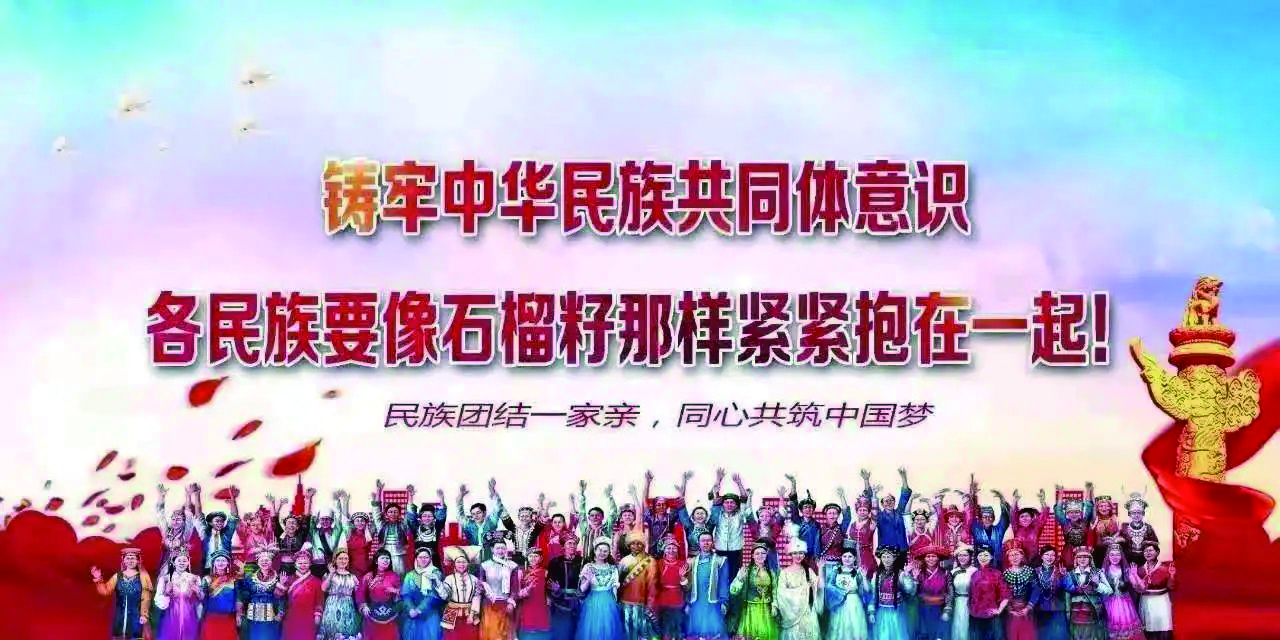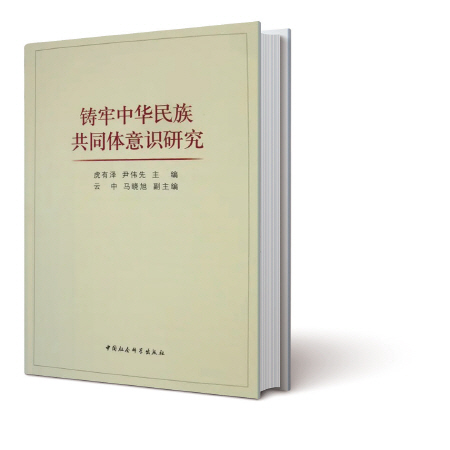동북아역사재단 2022년 12월호 뉴스레터
- Bae Hyun-jun, research fellow at NAHF Korea-China Relations History Research Institute

Emergence of the concept of ethnic Chinese
The term of ‘Ethnic Chinese group’ seems quite familiar but strange to us. The country name ‘China’ as we know it, is an abbreviation of the People’s Republic of China’. The term ‘Chinese nation’ appears from the official title of China. What does the ‘Chinese nation’ mean?
‘Chinese nation’ is a combined word of ‘China’ and ‘Huaxia’. According to the ancient literature, ‘China’ refers to Jungwon region and it has a geological meaning of being the center of the world. It also means a superior being in area of politics and culture compared to the barbarians nearby. ‘Huaxia’ means ‘Huaxia clan’ that collectively calls multiple ethnic groups following ‘Hua’, the first kingdom of China, emerged after the era of five dynasties in Chinese ancient history. Later, the Huaxia race is replaced with the ‘the Hanrace.’ Thus, it can be said that ‘Chinese nation’ means the superior ‘Han race’ standing in the center of the world.
However, the concept of ‘Chinese nation’ centering on the Han race began to change with the collapse of its order centering on China at the end of the Qing dynasty. The order of Sinocentrism was shaken from the Opium War (1840-1842) and collapsed along with the defeat in the Chino-Japanese War. This gave China the need to find new identity and perspective as a nation to go through the hard times.
In 1902, Liang Qichao borrowed the concept of ethnicity from the West and presented a vision of ‘Chinese nation (Zhonghuaminzu)’ as a ‘collective body of ethnic groups’ to encompass multiple ethnic groups including the Han race. The Republic of China was founded in 1912 after the collapse of the Qing dynasty due to the Xinhai Revolution in 1911. Sun Wen, the Provisional President of the Republic of China, argued the Five Races Under One Union which says, “The Republic of China encompasses the five ethnic groups including the Han, the Manchu, the Mongol, the Hui, and the Tibetan and it was founded jointly by the heads of the 5 clans.” As the Sino-Japanese War broke out (1937-1945), a call for heightened unity to fight against the foreign force was required again. In 1939, Gu Jegang, a Chinese historian, said that it was meaningless to classify different ethnic groups by race and culture from the perspectives of Chinese who constitute a country called China and that they should be called as Zhonghuaminzu.
Namely, Zhonghuaminzu only had a symbolic meaning or used to call a collective body of ‘Han race + minority groups’ or it was another name of Chinese regardless of ethnicity.
From Ethnic Chinese to Ethnic Chinese Community
The Chinese nation that was used to collectively call all ethnic groups in China as a symbolic meaning began to be specified as a term having a single ethnic identity.
A social anthropologist Fei Xiaotong presented a theory of ‘plurality and unity of Chinese nation’ in 1988, that is “Zhonghuaminzu became united as multiple ethnic groups are combined together.” The theory has a structure of coexistence among multiple elements, rather than unilateral subordination or conversion to a single entity. It is said that the 56 different ethnic groups serve as basic elements to constitute the Chinese nation and they can be called as Zhonghuaminzu when they share a common sense of ethnicity. Also, their common sense of ethnic group means the sense of homogeneity in terms of history and culture that are forged and shared through the process of convergence, combination, disruption, and collapse of multiple units of culture that emerged and lasted thousands of years from the Neolithic age. In other words, Zhonghuaminzu is not a new concept but has always been there throughout the history of China. He also said that this ethnic group began to realize itself as the Chinese nation during the process of fighting against the Western power and Japan after the modern era.
The concept of plurality and unity of Chinese nation of Fei Xiaotong poses a great influence up until today. The term is replaced with the ‘ethnic Chinese community’ which is said that multiple ethnic groups have a commonality and they forged a ‘group sharing a common destiny’ throughout the long process of historical development, inseparable with each other in terms of politics, culture, economy and sentiment.
Chinese Ethnic Groups Seen Through Archaeological Record
Many argued that the concept of ‘Chinese nation’ is nothing more than an ‘imagination’ developed for the political purposes as minority groups in China have different language, culture, kinship, etc. If it is possible to provide the archaeological record explaining the journey of formation and establishment of the Chinese nation, however, the ethnic Chinese community can ‘exist in reality’, rather than ‘remaining in the imagination.’
In this regard, China attempted to provide evidence that the Xia dynasty, which was considered as a myth, actually existed in the Bronze Age through the Xia-Shang-Zhou Chronology Project. Also, China tried to demonstrate the existence of five kings in the Neolithic era through the Search for the Origins of Chinese Civilization Project. It made a self-assessment that the history of Zhonghuaminzu that lasted 5,000 years was proved through the archaeological projects mentioned above. Recently, China has extended its scope to include both the old stone age to Ming to Qing dynasties through ‘the ancient China exploration project.’
Specifically, China intends to provide evidence on the emergence of Chinese ancestors with the evolution of Homo erectus to Homo sapiens within China for the old stone age. As for the Neolithic era, the civilization of Chinese nation (that shares cultural commonality although they arose independently in each region) had formed already along with the emergence of civilization from the birth of agriculture. Of course, Zhonghuaminzu leads the Chinese civilization based on the plurality and unity. China intends to prove that they later built the dynastic state with outstanding civilization of the bronze age during the period of Xia-Shang-Zhou and formed and developed a unified state with multiple ethnic groups through the Jinhan Ming to Qing dynasties with the archaeological record.
It is noteworthy that China has extended the scope of research to include the old stone age. The purpose of the project is to prove that modern Chinese people were originated from identical ancestors from a long time ago and that they are connected together. It appears that China intends to secure the legitimacy to become ‘united’ although as the ethnic Chinese community went through a process of ‘plurality.’ Namely, China plans to provide the rich history and existence that support the posture of ‘one China’ policy based on the ‘plurality’ and ‘ethnic Chinese community’ through the archaeological record to boost the national pride, reinforce the sense of Chinese nation to stabilize their society.

동북아역사재단이 창작한 '고고학으로 증명하는 중화민족공동체' 저작물은 "공공누리" 출처표시-상업적이용금지-변경금지 조건에 따라 이용 할 수 있습니다.



